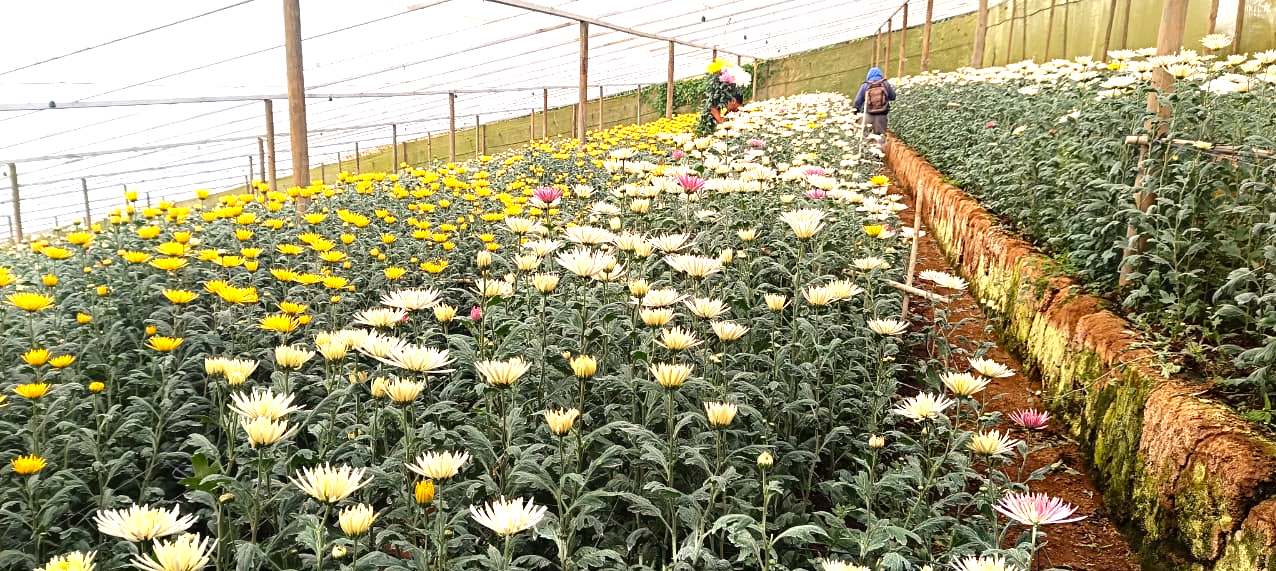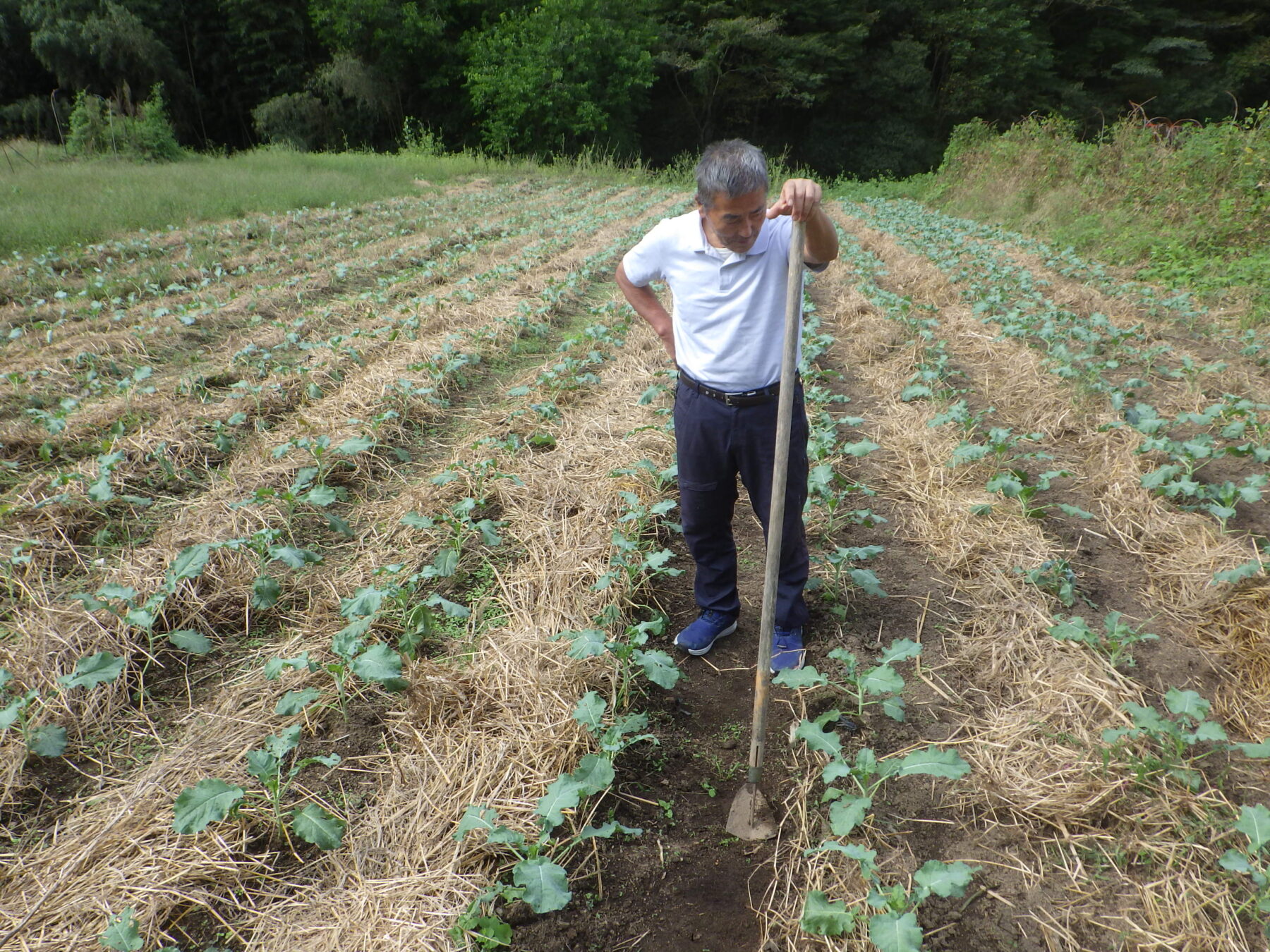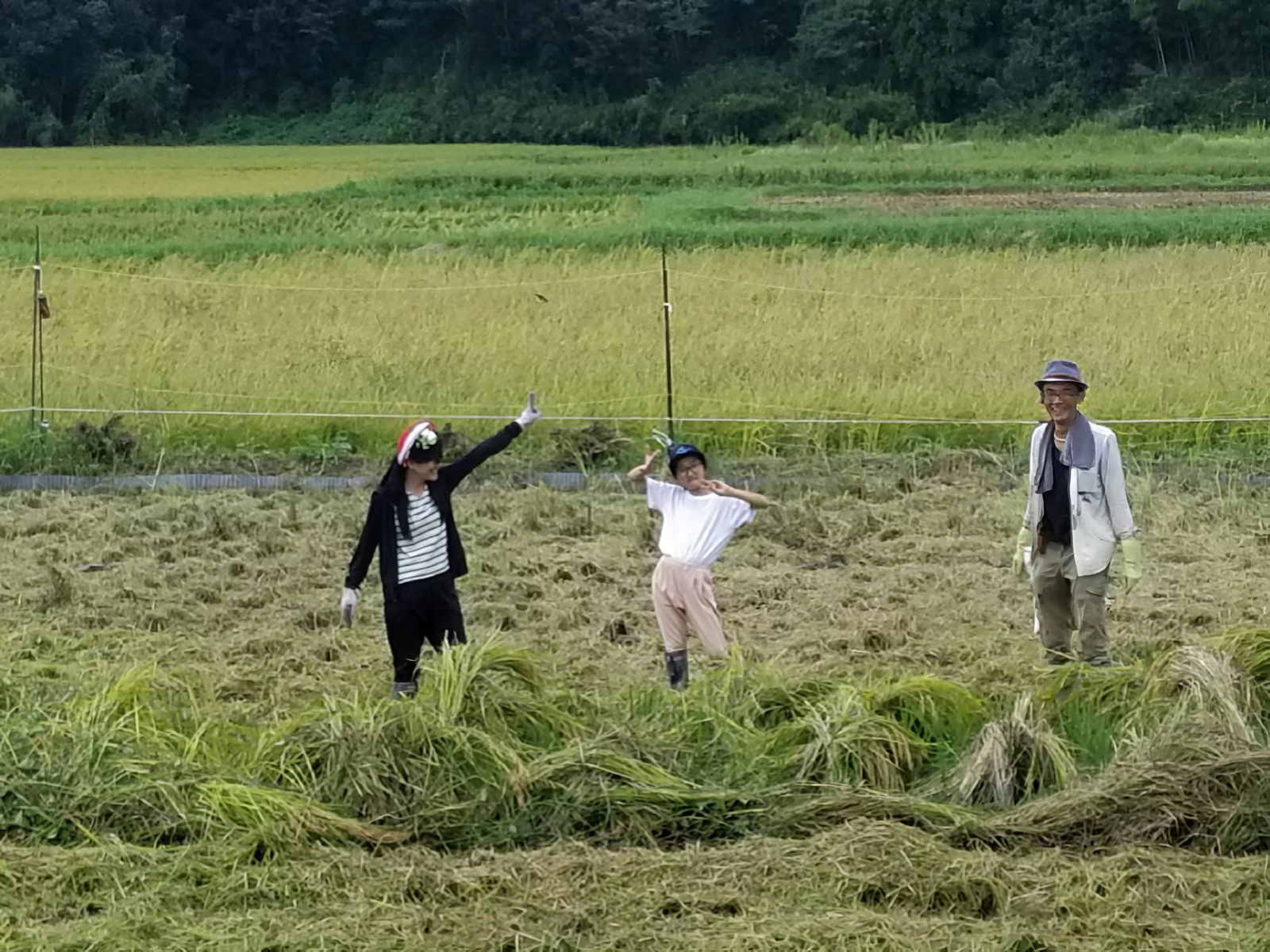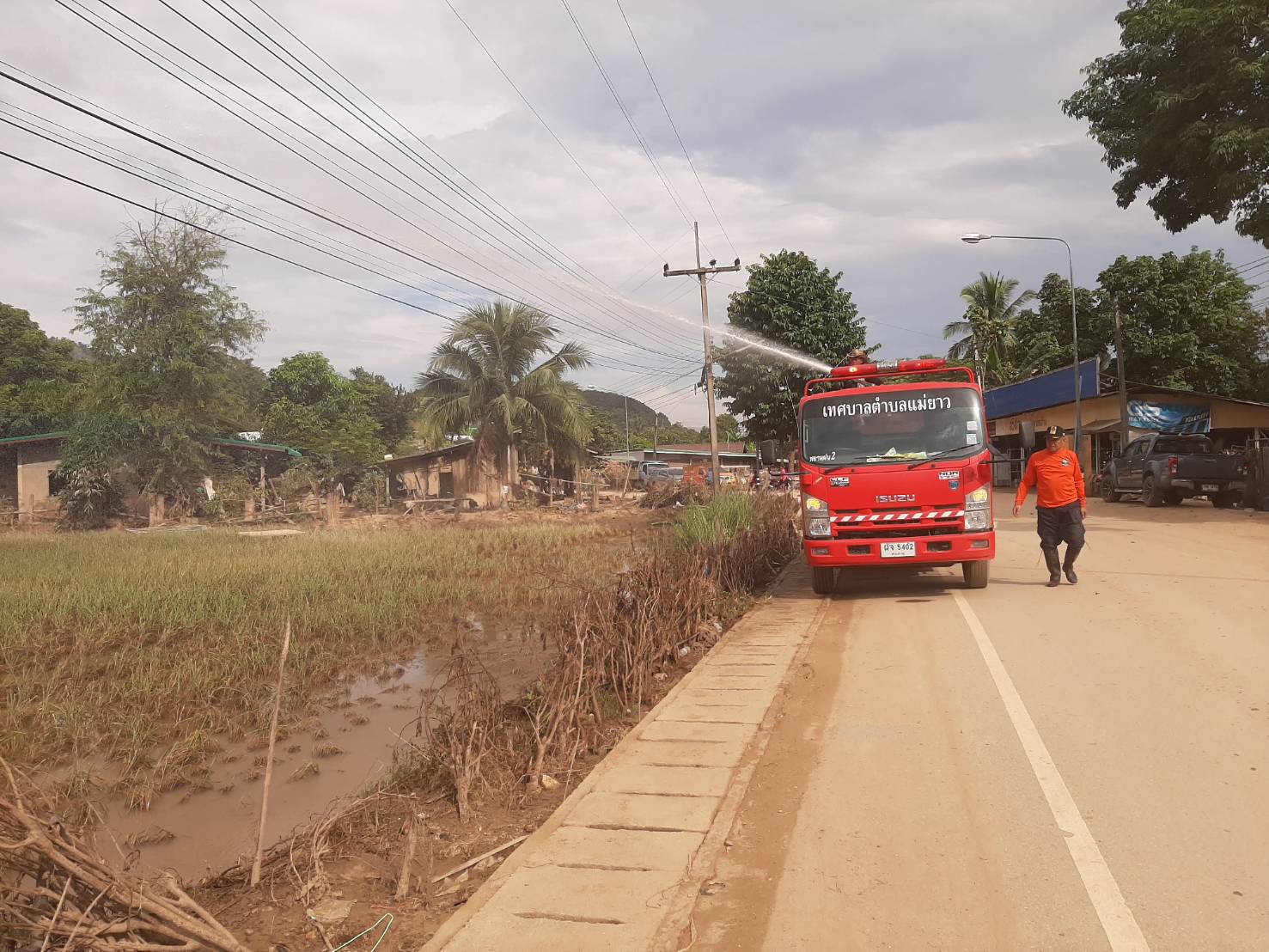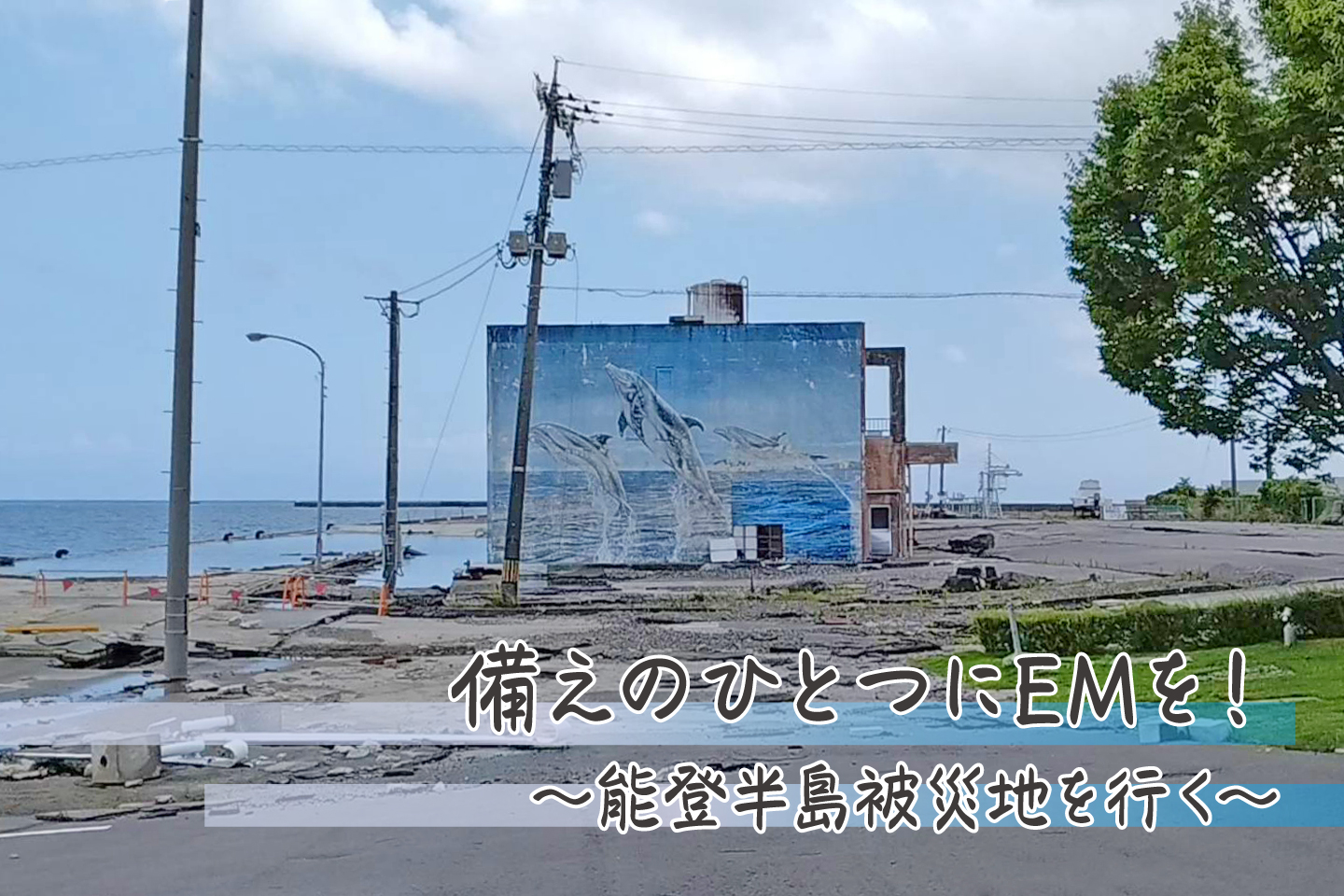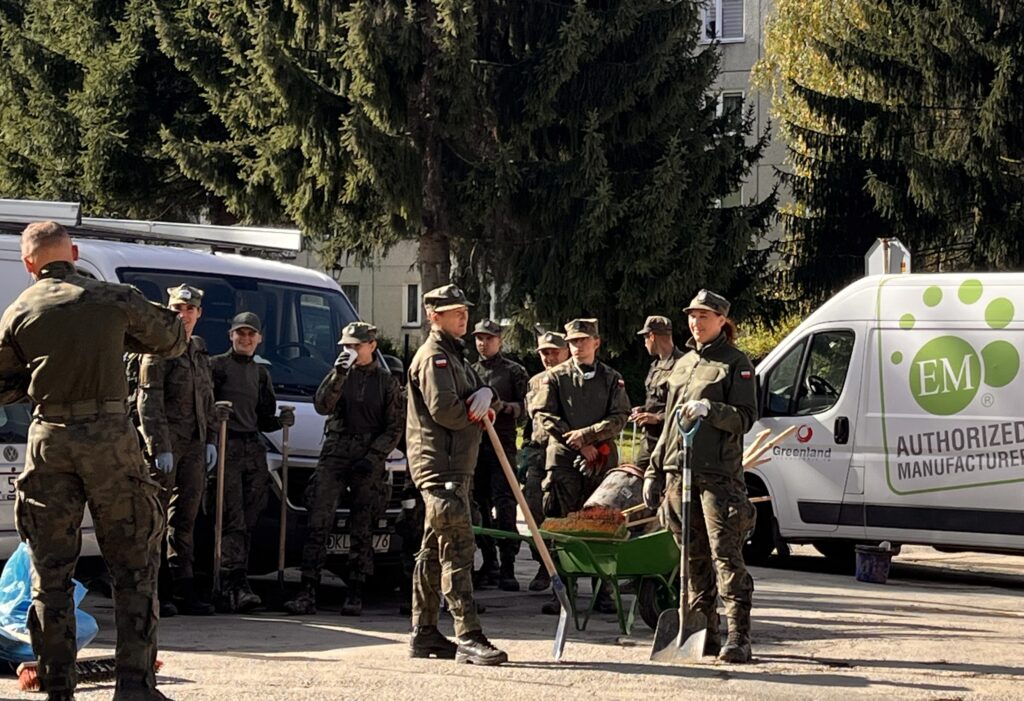Case Studies
EM technology spreading in South Korea
Republic of Korea (South Korea)
These are the five case studies of South Korea.
Our partner in South Korea, EVER MIRACLE CO., LTD. has spread EM technology to local farmers, administration, and citizens around the country.
Our partner in South Korea, EVER MIRACLE CO., LTD. has spread EM technology to local farmers, administration, and citizens around the country.
Free distribution of EM to citizens in a metropolitan area with a population of 870,000
Bucheon city is located between Incheon and Seoul in Gyeonggi Province, South Korea. Bucheon city is the second-most densely populated city in South Korea after Seoul. The population is 870,000 people, the same as the population of Tokyo. EM is given to the citizens for free in this city. There are 36 administrative divisions, referred to as *dong. They launched new 10 administrative divisions in July 2016.EM has been given to citizens from these divisions for seven to eight years. EM is being cultured at a rate of approximately 500-600 tons a year in Bucheon city, and is supplied to each area by a tanker, which means citizens are using about 40-50 tons a month of EM.
A 700L EM tank that contains a heat-retaining function is being set up outside. Even though the winter temperature gets below zero in South Korea, the quality is stable.
In addition, citizens who would like to use large quantities of EM can pick it up directly from the EM culture room. They also hand out EM papers on how to use EM to citizens and have created an environment in which it is easy to continue using EM.
*dong: A dong is the smallest level of urban-area division that has its own office and staff in South Korea. There are two types of dong: legal-status neighborhoods and administrative neighborhoods.


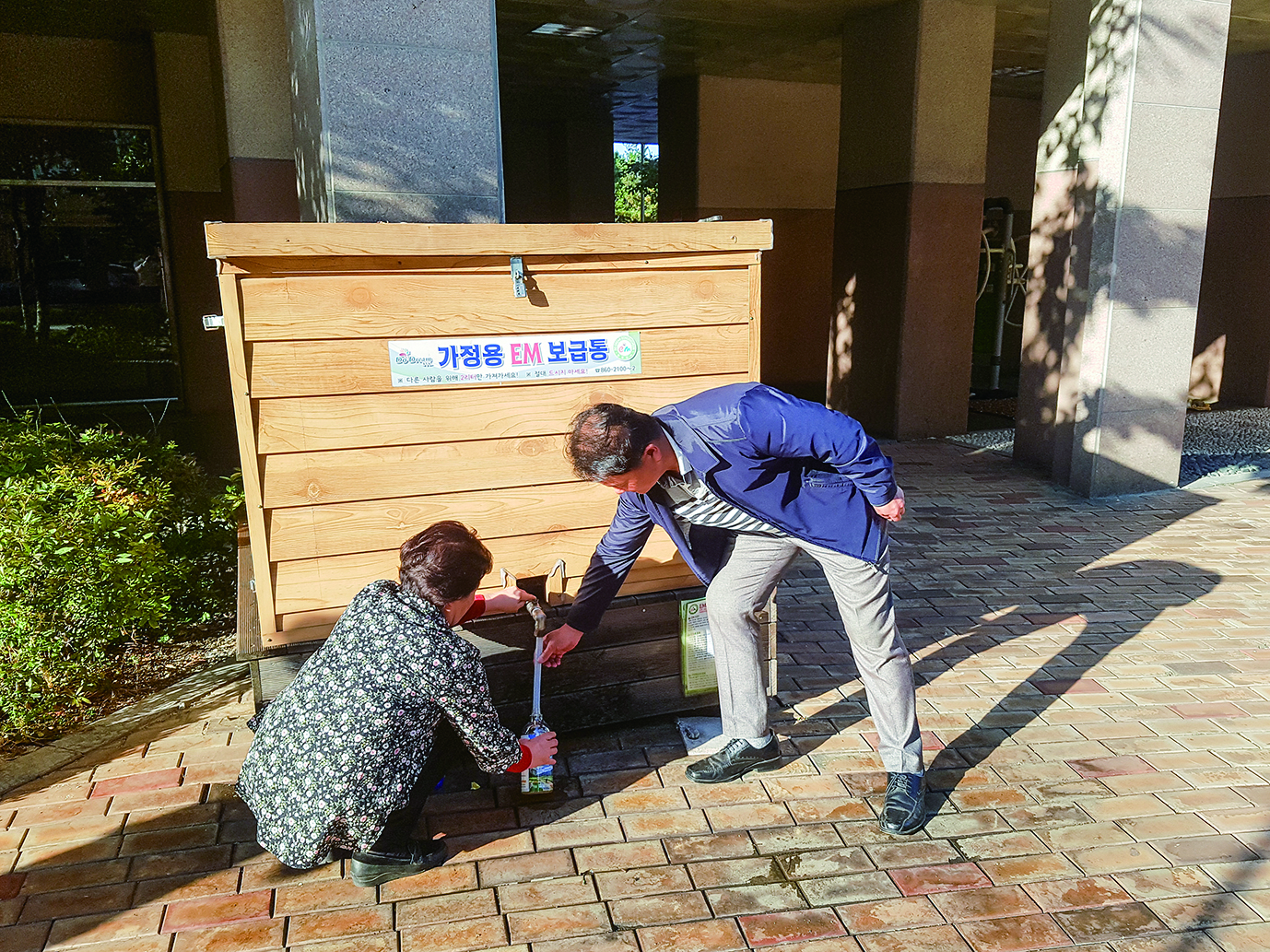
EM tank is being set up in the housing complex area
Dongducheon city is located north of Seoul, in Gyeonggi Province, South Korea.An EM tank is being set up on the housing complex grounds. It is given to residents for free.
Also, Dongducheon city holds a workshop on how to use EM.
EM helps in wastewater treatment that aims to reduce odor and enhance water purification.
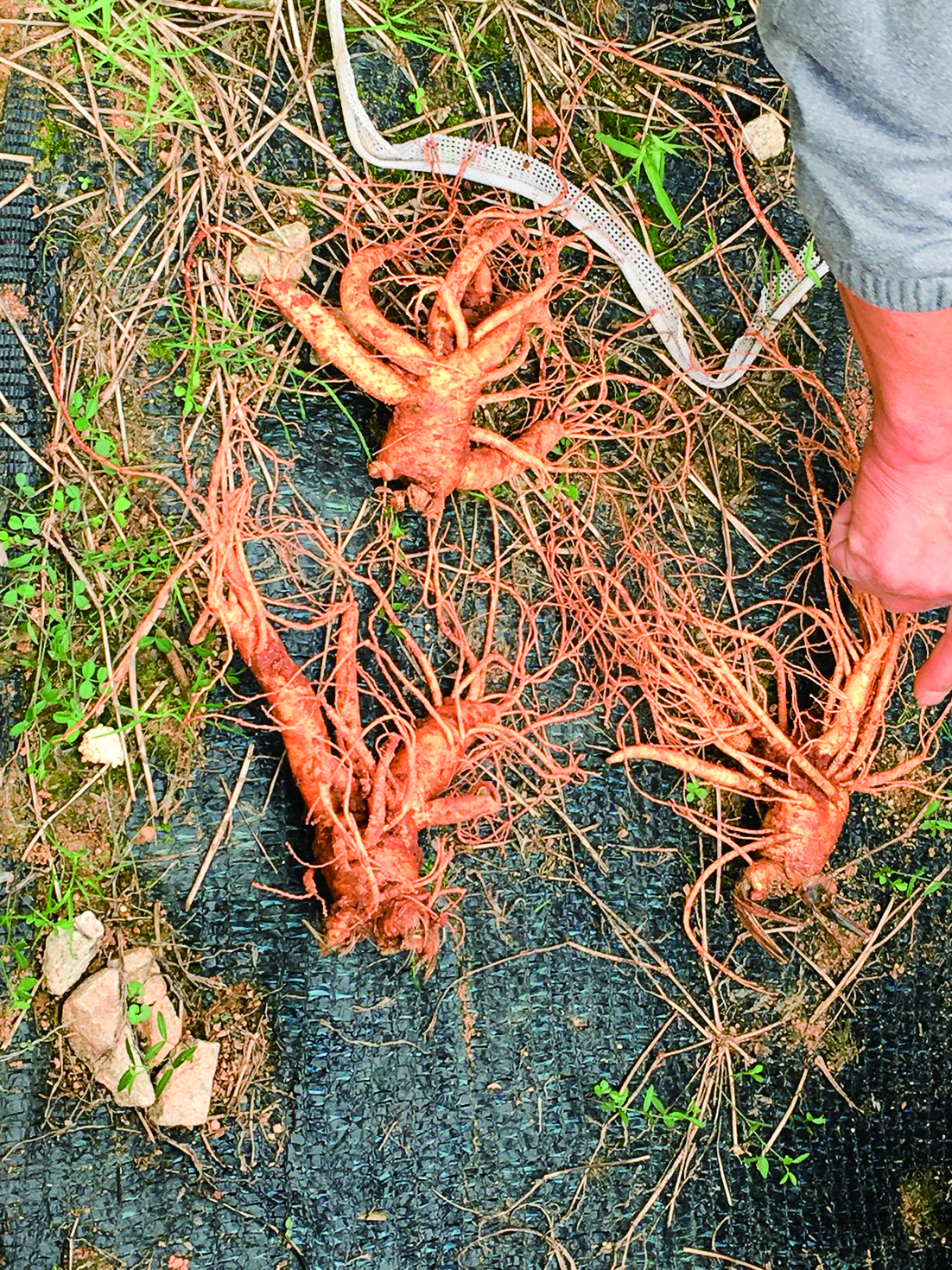
The increasing market value of Korean specialty roots Asian ginseng
Geumsan-gun has been famous for Asian ginseng since the Baekje period and nowadays it also has one of the biggest markets for Asian ginseng in South Korea. The climate and soil of this area are suitable to cultivate it. The cultivation method is unique. It takes two to three years to prepare the soil, and five from planting to harvest.Many farmers in Geumsan-gun use Activated EM・1 in soil preparation because it will make roots grow bigger and more firm, which means is a high market value. Moreover, EM increases yields and reduces harmful diseases, so EM is loved by farmers.
The Agricultural Technical Center in Geumsan-gun was built about 10 years ago as the first EM culture facility in South Korea. After that, they started to sell EM at an affordable price to local farmers. There are approximately 10,000 farms. At that time, they held EM workshops by Dr. Higa in which approximately 1,000 people participated. The application of EM was made popular by their review little by little. Currently, there are 19 tons of tanks for stock and culture and they supply about 50 tons to 800 tons of EM a year.
Healthy soils support the nation's health. Many microbial materials are being used in Korea, not only EM products, which means South Korea has a resource-rich country in which it is possible to make land fertile by using bioremediation.



Improving the taste and texture of eels
An Eel farmer in Gochang-gun is located in North Jeolla Province, on the west coast of South Korea. This area is famous for aquaculture and products such as Eels, seaweed, and shellfish.An Eel farmer president, Mr. Yun has been using EM for 10 years. Before applying EM, the aquaculture tanks contained ammonia odors from Eels manure that made clothes smell awful. At that time, one of his friends suggested EM for odor control. After he started using EM, the result was perfect for the reduction of stench. In addition, disease rates in young eels became very low, so farmed eel production became stable. The production volume varies depending on the season, they raise 250,000 eels a year and the harvest is 50-60 tons. The staff applied 2 tons of EM a month to 3,300 square meters of aqua tank area during the maximum harvest period.
These products are shipped mainly to restaurants in Seoul or Gyeonggi-do. The customer reviews also became better compared with reviews before using EM.
While Mr. Yun was a council member in Gochang-gun, he promoted EM applications such as agriculture, animal husbandry, and aquaculture in this rural area. A farmer who lives in this area can purchase high-quality EM products at affordable prices at the agricultural technical center. EM is well known by word of mouth as an effective and safe material for further economic benefit in terms of cost reductions. Therefore farmers around this area who grow local produce such as watermelons, Korean blackberries as well as a shrimp farm have used EM. It is expected that EM applications will spread more in this area.




Improving milk quality
・Overview
Mr. Fan, who has bred milk cows for over 20, years has been using EM in Sung-soo Farm, Gochang-gun South Korea, since 2012. Before using EM, the cattle sheds had a terribly bad odor. The animals got stressed by the ammonia odor of manure. At that time, the milk was of low quality.One day he took advice from a government employee who checked quality. "EM technology will help you produce good quality milk". After they started to apply EM, the cows began to produce high-quality milk, as they had told him.
・Application
Approximately 40L of EM were mixed in 2 tons of feed.They sprayed EM in the barn and made fermented cow manure compost with EM.
・Effect and results
As Sung-soo Farm applied EM, they realized that there was a reduction of bad odor and before they knew it, the milk cows stopped getting sick easily. The biggest concern in cows is mastitis. It is a disease that is known to cause the greatest loss to the dairy industry. Therefore the key to dairy farming is the cows’ health. In addition to reduced sickness, there was increasing feed conversion efficiency. Currently, he milks 73 milk cows at new cattle sheds in a healthy environment. EM is essential for them.


